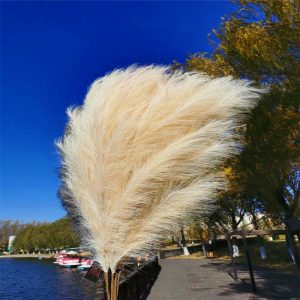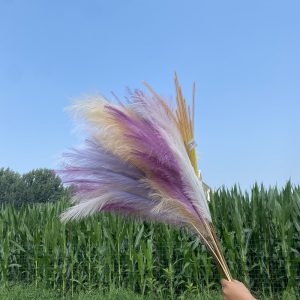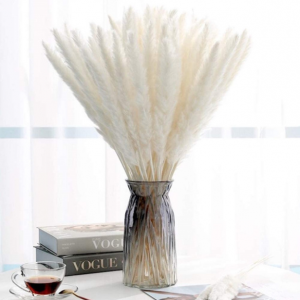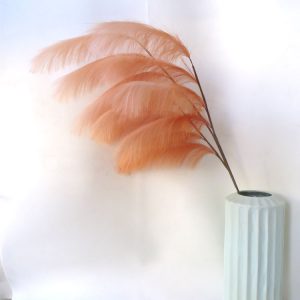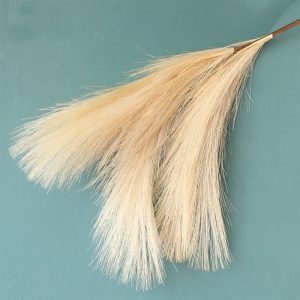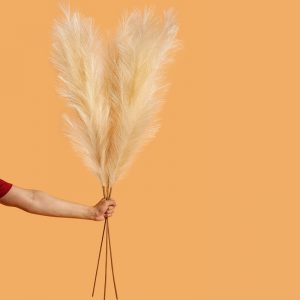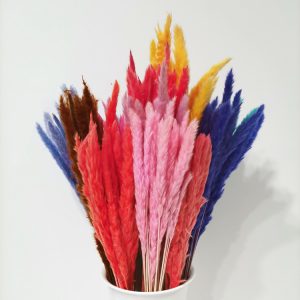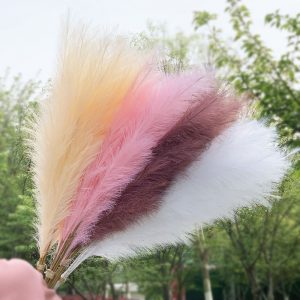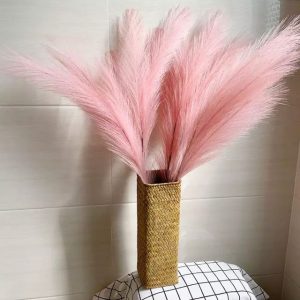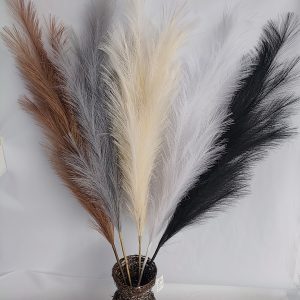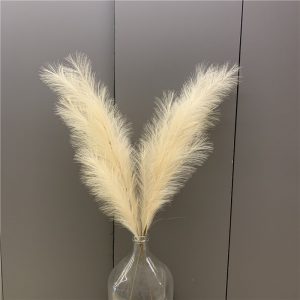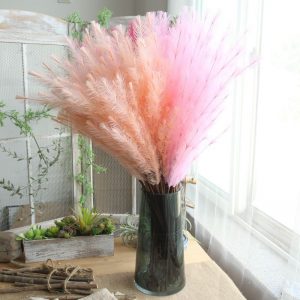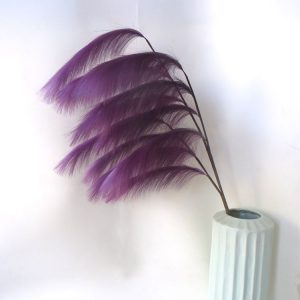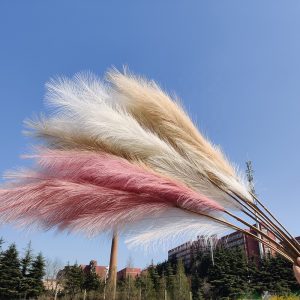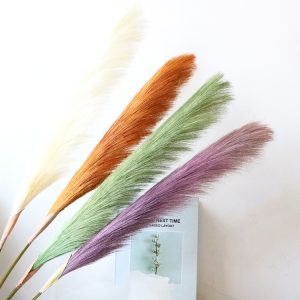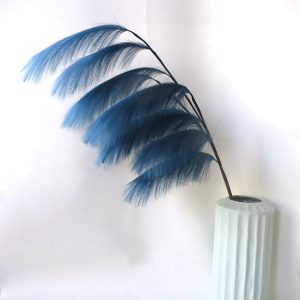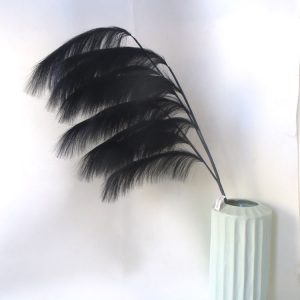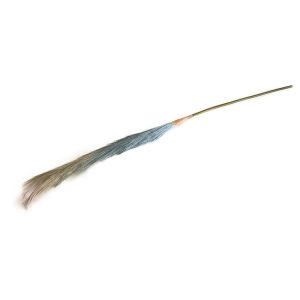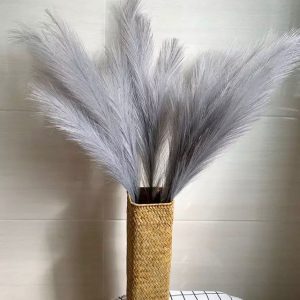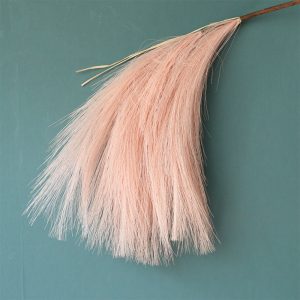Introduction and morphological characteristics of Pampas grass
Pampas grass, also known as pampas grass, has a color ranging from sandy pink to silvery-white, and its large feather-like tidbits make it particularly lovely whether it is fresh or dry.
The artificial pampas grass has various colors and is commonly used in weddings, banquets, and various large-scale gatherings. It is very eye-catching.
Morphological characteristics
The stem is very narrow, about 1m long and 2cm wide, drooping, with fine teeth on the edge, gray-green in color, and short-haired. The panicles are large, the female flower spikes are silvery-white, shiny, and the small cob nodes are densely covered with silky hairs, and the spikelets are composed of 2-3 flowers. The tassels are wide tower-shaped and weak.
Perennial, dioecious. The stalks are tall and strong, clustered, 2-3 meters high. The leaf tongue is densely pilose with a hair length of 2-4 mm; the leaves are hard, narrow, clustered on the base of the culm, 1-3 meters long, with serrated rough edges. The panicles are large and dense, 50-100 cm long, silvery-white to pink; the female inflorescences are wide and the male inflorescences are narrow; the spikelets contain 2-3 small flowers, the female spikelets are filiform pilose, and the male spikelets are glabrous; The glume is thin, slender, white, and the top of the lemma extends and grows thin and thin. The number of chromosomes is 2n=70.
